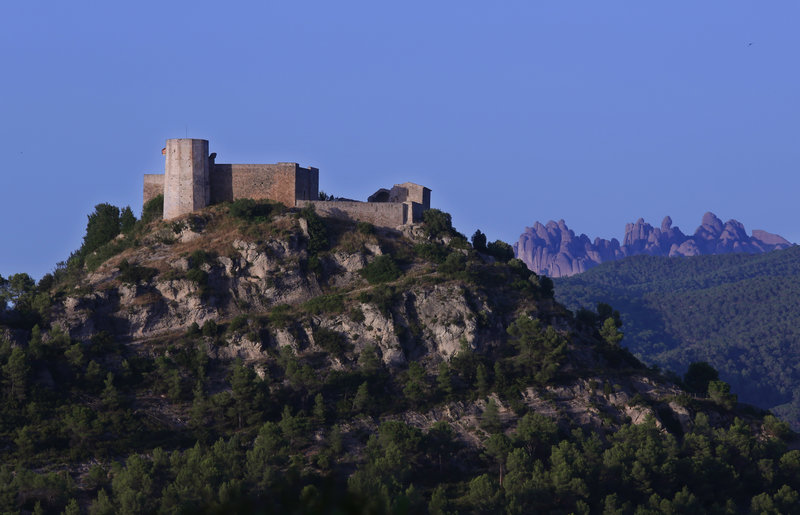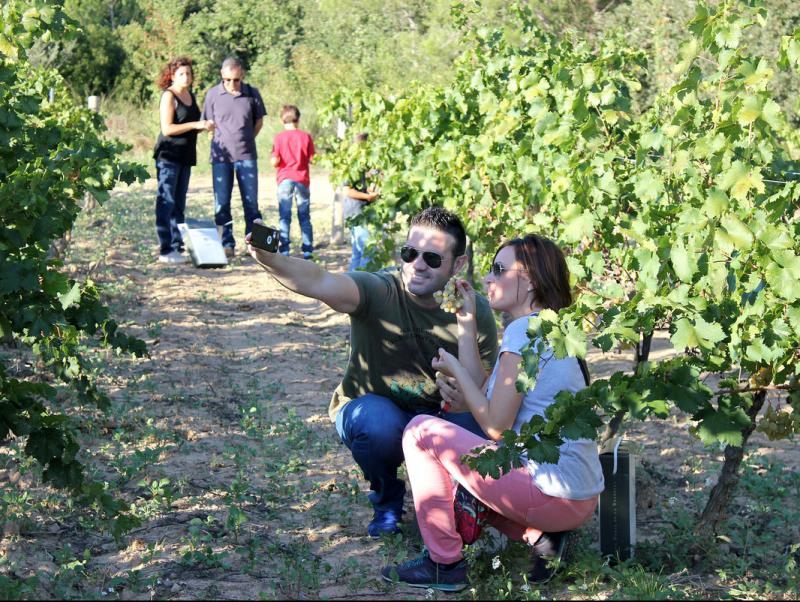The lords of yore return to Anoia
More than a score of Medieval fortresses and castles have become the star attraction of a campaign to attract visitors to county that centuries ago was a frontier between kingdoms
Prats de Rei is the latest town to join the tourism project, “Anoia, terra de castells” (Anoia, land of castles), an initiative from the Consell Comarcal de l'Anoia to use the county's medieval stonework as a way of attracting visitors and promoting the local leisure sector. In all, there are 16 municipalities signed up to the castle project, which between them boast a total of 25 castles and fortresses, while local businesses have also been brought on board to provide such tourist services as footpaths, off-road cycling routes, restaurants, and so on.
A large number of these fortifications and castles date back to the 10th and 11th centuries. At that time, the counts of Barcelona, Osona-Manresa and Berga-Cerdanya occupied and repopulated the area after ousting the former Muslim conquerors. It was an era marked by power struggles, palace intrigue, family feuds and war. Thanks to the project, since the middle of May, the stonework of Anoia's castles have begun to tell their stories, which in some cases even outdo popular fiction, such as the Game of Thrones TV series.
Mobile app
Among the historical figures who lived, plotted and died in these places are noble families such as the Claramunts or the Castellolís. By using a mobile app, visitors can now make contact with these figures of different historical moments, learning more about their lives and the impact they had on the local area. Technology and medieval aesthetics thus come together to make any visit to see the castles memorable. Among the stories to be found on the app are those relating to figures who lived in the shadow of King Jaume I, such as Guillem II de Claramunt, Asbert de Mediona and Guillem Sescorts, who tell their tales and provide an ideal way to get the best out of a visit to the castles they once occupied.
Meanwhile, of the 25 buildings in the Anoia castle project (although in all there are around 50 sites remaining), seven of them also offered guided visits.


